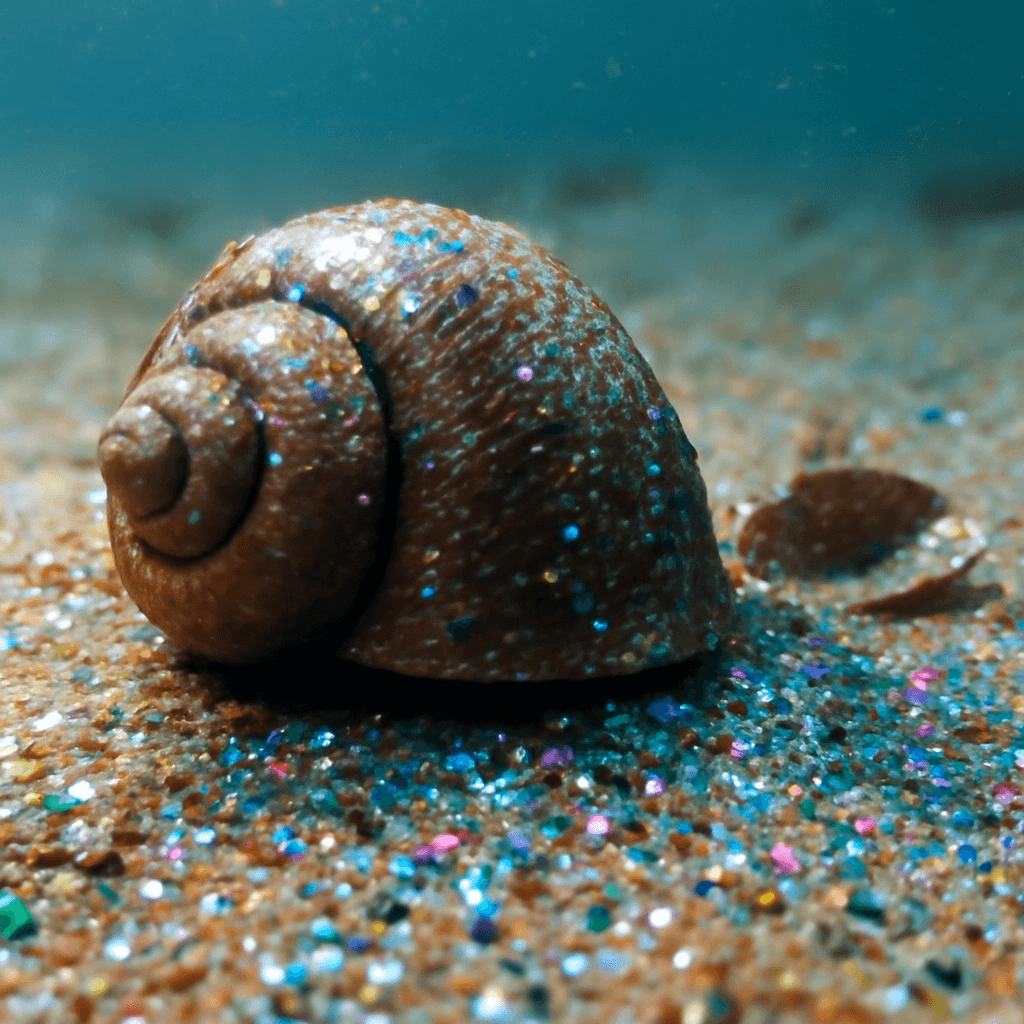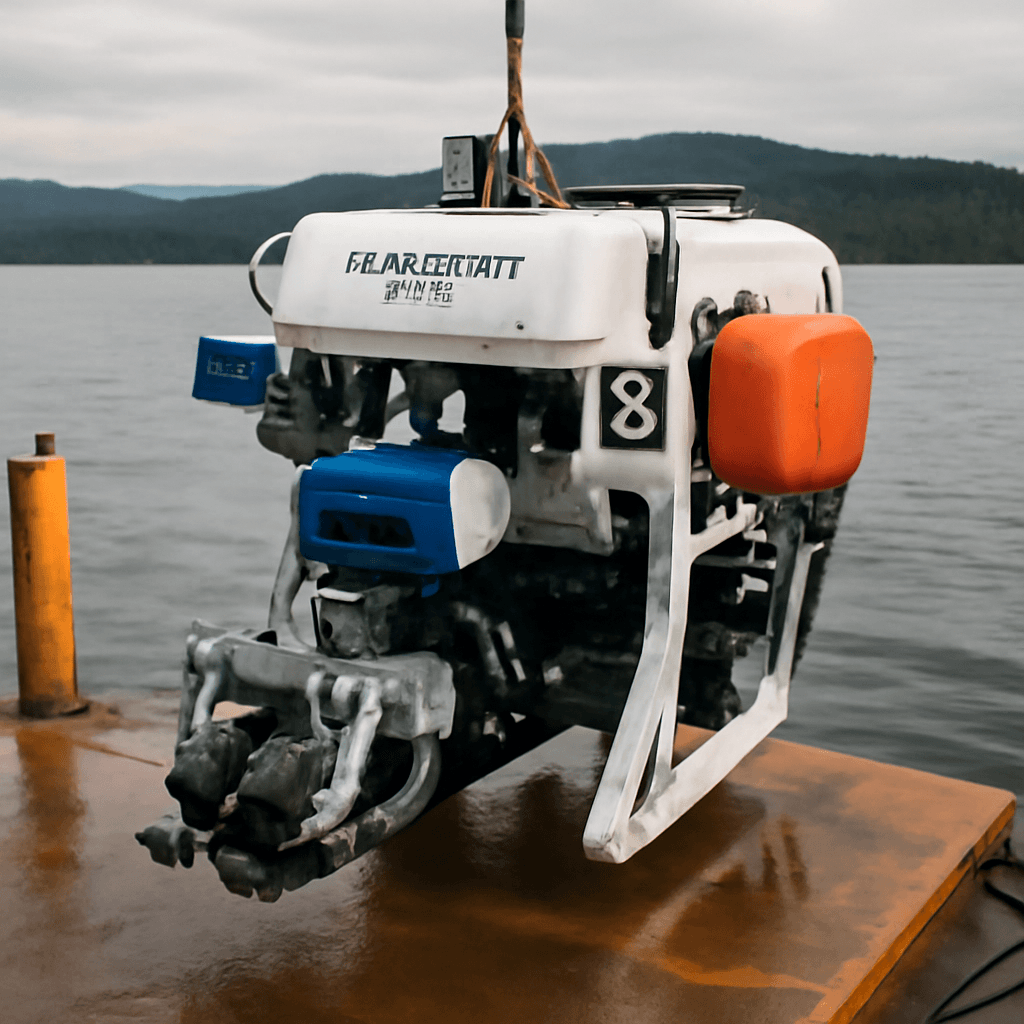The Hidden Environmental Impact of Glitter
Glitter is often associated with celebration and creativity, widely used in decorations, cosmetics, and art projects. However, beneath its sparkling surface lies a significant environmental concern. Unlike other microplastics commonly known from face scrubs or clothing fibers, glitter — especially when made from polyethylene terephthalate (PET) — presents a distinct threat to marine ecosystems.
Glitter’s Role in Altering Ocean Chemistry
Recent laboratory research reveals that PET-based glitter microplastics actively interact with seawater, promoting the formation of mineral crystals such as calcite, aragonite, and various calcium carbonates. This process, known as biomineralisation, is essential for many marine organisms as they rely on these minerals to construct shells and skeletons.
Observations under controlled conditions showed that glitter particles serve as nucleation sites, accelerating mineral crystal growth within minutes. Crystals tend to form along the edges and cracks of glitter particles, effectively turning them into microscopic crystal-growing platforms.
Consequences for Marine Life
- Disruption of Shell Formation: Marine creatures such as corals, sea urchins, and mollusks depend on precise biomineralisation processes to build shells with specific shapes and strengths. Glitter’s interference can accelerate or alter crystal formation, potentially resulting in malformed or weaker shells.
- Generation of Nanoplastics: As crystals grow, they exert pressure, causing glitter fragments to crack and break apart into even smaller pieces called nanoplastics. These minute particles are difficult to detect and remove.
- Bioavailability and Toxicity: Nanoplastics are easily ingested by marine organisms, entering the food chain and potentially accumulating in seafood consumed by humans.
Broader Environmental Implications
The impact of glitter extends beyond individual marine species. The ocean’s mineral cycles, including calcium carbonate formation, play a pivotal role in regulating Earth's carbon cycle and climate. Alterations in these processes may affect global carbon movement and long-term climate stability.
Unlike other microplastics that passively drift, glitter’s active involvement in altering mineral formation makes it a particularly insidious pollutant with enduring effects.
What Can Be Done?
Given glitter’s durability and its capacity to fragment into persistent nanoplastics, mitigating its environmental impact requires conscious efforts to reduce usage and improve waste management. Alternatives to plastic glitter, such as biodegradable or natural materials, are worth considering in consumer products.
Final Thoughts
While glitter’s sparkle adds visual appeal, its environmental consequences are serious and long-lasting. Awareness of glitter as a chemical disruptor in marine environments is essential for informing better production, disposal practices, and environmental protection strategies.










